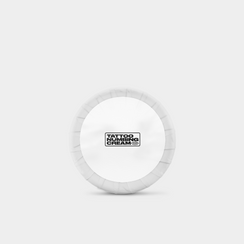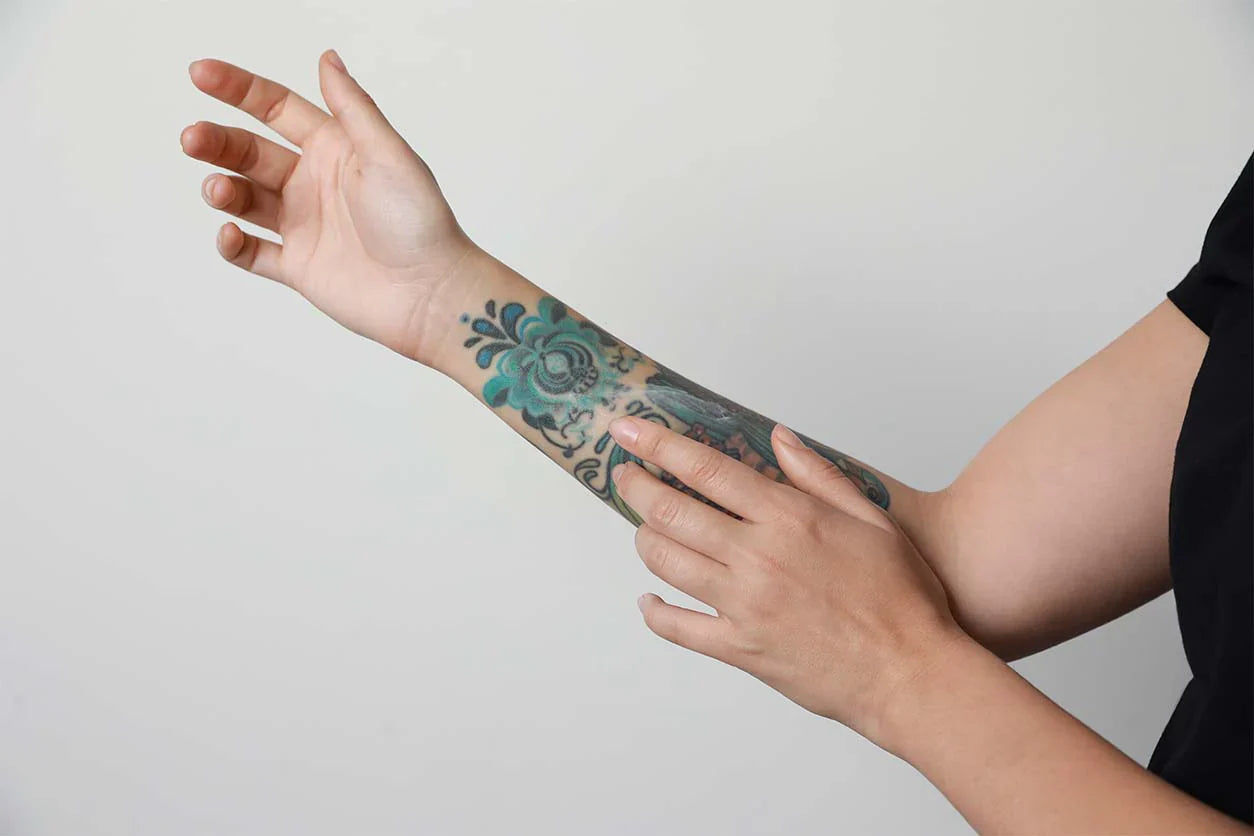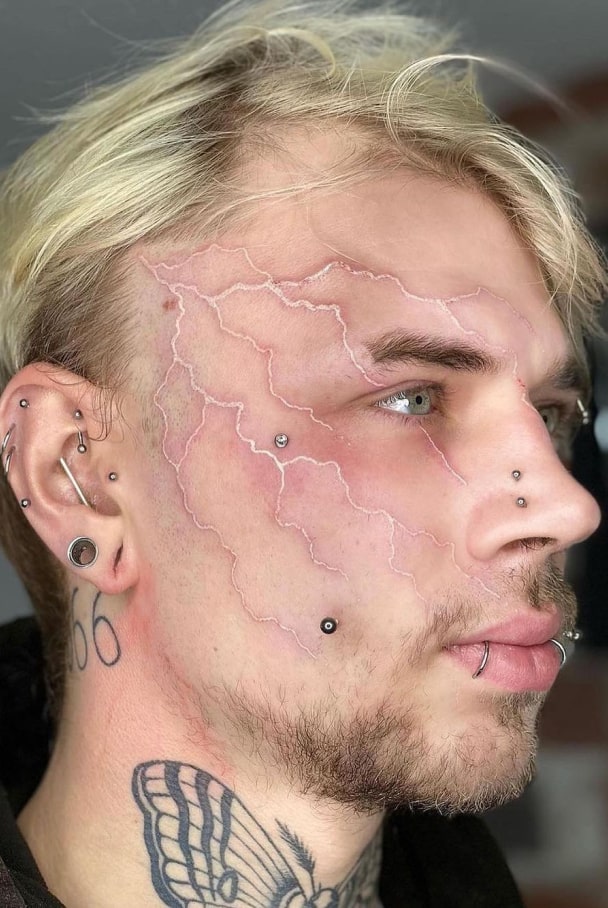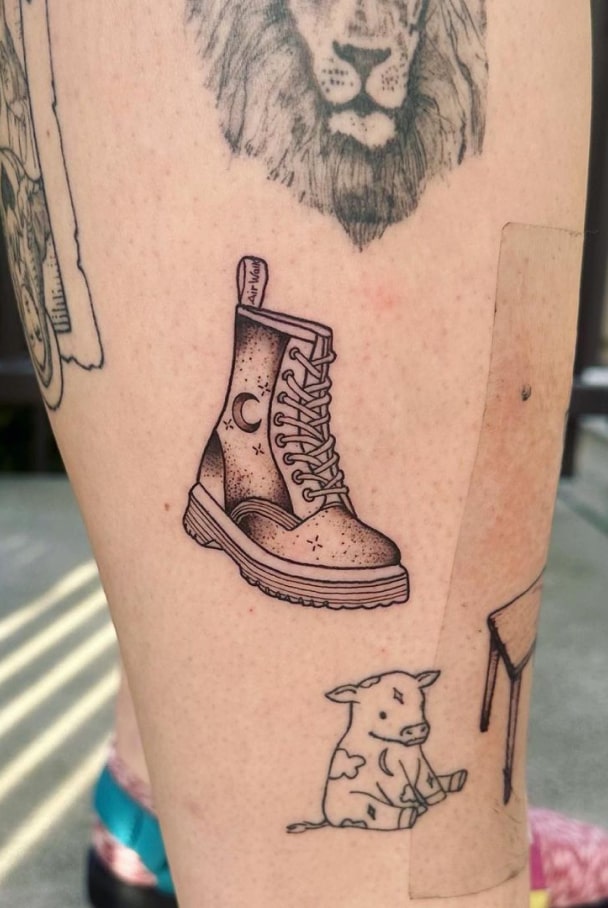The allure of a new piercing – a sparkling stud or a captivating ring adorning your body – is undeniable. But let's be honest, the piercing process itself isn't always sunshine and rainbows. The anticipation of the prick can be nerve-wracking, and the pain, while often fleeting, can be a deterrent for some. Enter numbing cream for piercings, a potential solution for those seeking a more comfortable piercing experience.
Piercings have gained immense popularity as a form of self-expression and style across different demographics. People are attracted to piercings for their ability to showcase individuality and creativity through various body modifications. However, the pain associated with piercings has prompted many individuals to use numbing creams before their sessions. Numbing creams help minimise pain and discomfort, contributing to a more positive piercing experience. This combination of self-expression and pain management has fueled the demand for numbing creams in the piercing community, enhancing the overall journey of body modification.
But before you slather on any cream you find, it's crucial to understand how these products work, their effectiveness, and potential drawbacks. This blog will be your one-stop shop for everything you need to know about numbing cream for piercings. We'll explore the science behind numbing, address concerns about cream interference, and equip you with the knowledge to make an informed decision for your next piercing adventure.
Understanding Numbing Cream for Piercings
Numbing cream for piercings is a topical ointment applied to the piercing location before the procedure. These creams typically contain ingredients that temporarily numb the area, aiming to reduce discomfort during the piercing process. It's important to remember that these creams offer a topical effect, numbing the surface layers of the skin, not the deeper tissue where the piercing needle goes.
The Science Behind the Numb
Most numbing cream for piercings works by temporarily blocking pain signals at the nerve endings in the applied area. They achieve this by targeting specific receptors or introducing a slight vasoconstrictive effect, reducing blood flow and nerve activity. While numbing creams can provide some relief, it's important to manage expectations. They typically reduce, not eliminate, pain entirely.
Does Numbing Cream Affect Piercing Success?
A common concern surrounding numbing cream for piercings is the potential for it to interfere with the piercing process itself. Here's the good news: There is no evidence to suggest that numbing cream, when used properly, directly hinders the piercer's ability to perform the procedure or prevents jewellery insertion. However, a few factors can influence the experience:
- Improper Application: Applying the cream too thickly or leaving it on for an excessive amount of time can create a barrier on the skin's surface. This can make it slightly more difficult for the piercer to locate the exact piercing point.
- Expired Products: Using expired numbing cream for piercings is not only ineffective but can also irritate the skin. Expired creams may have lost their numbing properties or broken down into potentially harmful compounds.
- Skin Sensitivity: Some individuals may experience allergic reactions to certain ingredients in numbing cream for piercings. This can lead to redness, irritation, or swelling, making it difficult for the piercer to perform the procedure comfortably.
Considering Numbing Cream for Your Next Piercing? (H2):
Using numbing cream for piercings can be a helpful tool for pain management, but there are considerations to make to maximise your experience. Here are some things to consider before using a numbing cream:
- Discuss with your Piercer: Open communication is key. Inform your piercer of your intention to use numbing cream and discuss reputable brands and proper application techniques. They can advise on cream compatibility with their chosen piercing method and aftercare routine.
- Patch Test: Always perform a patch test on a small area of skin at least 24 hours before your piercing appointment. This helps identify any potential allergic reactions to the cream.
- Quality Matters: Invest in a high-quality numbing cream for piercings specifically formulated for this purpose. Avoid generic numbing creams that may not be suitable for sensitive skin.
- Realistic Expectations: Numbing creams typically reduce, not eliminate, pain entirely. The experience can still be uncomfortable, but hopefully more manageable.
Making an Informed Decision for a Smooth Piercing Experience
So, are you ready to take the plunge and get that new piercing? By understanding the science behind numbing cream for piercings, understanding tattoo numbing cream, and prioritising open communication with your piercer, you can approach your piercing journey with confidence. Remember, a skilled and experienced piercer using sterile equipment is paramount for a healthy and beautiful piercing, regardless of whether you choose to use numbing cream or not. Always prioritise safety – avoid using expired tattoo numbing cream and perform a patch test to identify any potential allergies, similar to those you might experience with tattoo numbing cream related allergies. While numbing cream rejects ink is a myth for tattoos, remember that informed choices are key to a successful and comfortable piercing experience.
Visit our website today to explore high-quality numbing creams formulated specifically for piercings and take the first step towards adorning your body with confidence!








